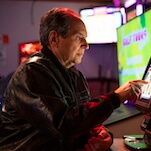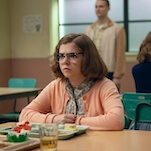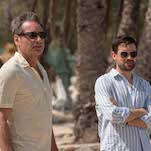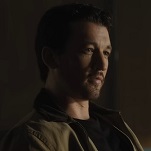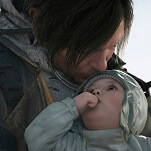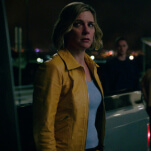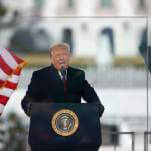The Last of Us Part II Lets Love In
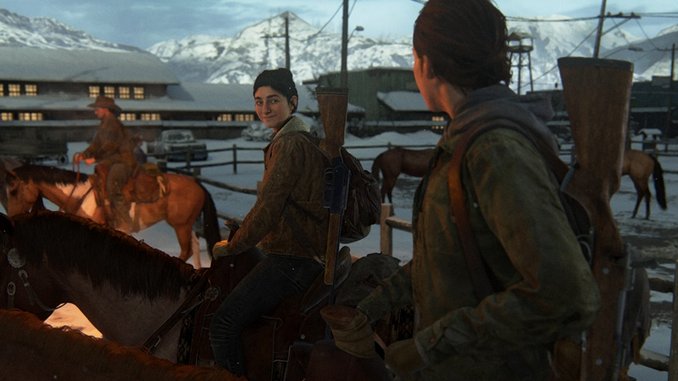
For a game ostensibly about hate, The Last of Us Part II revolves around the complexities of love. It shows love at its most positive, between two people whose love is rarely normalized in media; as the driving force behind a powerful, overwhelming, all-consuming quest of anger, murder and retribution; as a means of defining identity and community, where we belong and where we are dehumanized. It conveys how love — in its equal potential to be merciful and violent — is intrinsically tied with survival.
It’s hard for me to talk about The Last of Us Part II partly because of love — it’s difficult to discuss something I adore as intensely as this game. But it’s also difficult being as honest to my experience as possible considering the extremely tight restrictions for this game imposed by its review guidelines. I’m basically not allowed to talk about everything that transformed this game from one I was extremely skeptical of, especially as a queer woman of color, into one of my favorite games of all time. But I’ll try anyway in hopes I can convey a fraction of what makes this game so special to me.
Written by Halley Gross and Neil Druckmann, The Last of Us Part II follows Ellie on her mission for revenge after an event shatters the peace she and her father figure Joel had known for the last few years in a thriving Wyoming settlement. There’s genuinely not much more I am able to say about the plot. What I can say is that it has been marketed as something vastly different from what it actually is in order to protect its most powerful moments. It’s considerate and thoughtful in ways the first game wasn’t, handling a wide variety of subjects with a level of care and grace that is both poignant and palpable — and that kept surprising me even until the very last minute of what is a 25 to 30-hour long experience. It’s not gratuitous with its violence any more than with its heart.
And it’s impossible to not think of that violence in all its forms, especially in the time period this game is being released in. The Last of Us Part II is a story about warring factions, the breakdown of society following a deadly pandemic, and people who rely on violence to feel heard. I was anxious about a game focusing on hate, for those kinds of stories tend to veer into territory involving respectability politics and the importance of forgiveness, especially towards oppressors. But it avoids believing it has the authority to condemn violence just because it doesn’t adhere to a specific notion of peace. Peace is differently defined for every person; sometimes it requires letting go and leaving people or systems that have left one disillusioned, and at other times, it can only be found through screaming and breaking and destroying what must be rebuilt.
It’s a story about — among many things — a young woman who screams and breaks and destroys, who is fucked up and has to deal with the painful consequences of ruining things and lives, and having her own ruined in turn. It’s a story about powerless, ruined people who think they can fix themselves by ruining each other. There are no villains, but there are also no heroes, and The Last of Us Part II is intelligent enough to not pretend it can decide who fits in which category.
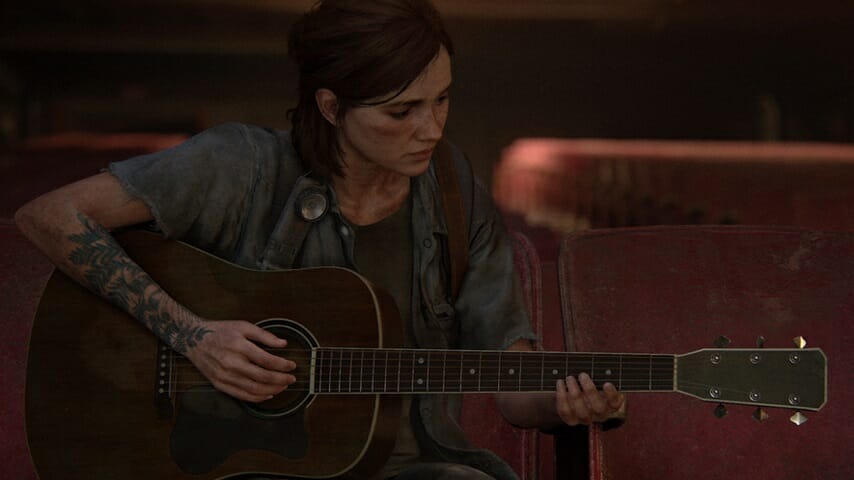
I want to say that Ellie and her girlfriend Dina are the best part of this game; that their relationship — which communicates as much depth through the smallest of glances and the barest of comforting touches as the moments in which they plunge knives and fire bullets into the skulls of those who would tear them apart — is the core of this story. That the healthy queer love, intimacy, sexual tension and friendship between these two women is beautiful and moving in ways I desperately needed when I was younger and in ways I still need now—in ways I wish were normalized in the AAA industry much more.
But that wouldn’t ring true because, as revolutionary as they are, there is so much more to this story that is just as wonderful. The Last of Us Part II accomplishes making me care about Joel to a degree I never did in the first game, but its writing especially shines through new additions to the cast like Abby, a member of the Washington Liberation Front; Lev and Yara, two siblings belonging to the religious cult known as The Seraphites; and Jesse, Dina’s ex-boyfriend. In addition to Ellie and Dina, Abby and Lev are two of the most well-written characters I have known, not least of all because they’re all characters we don’t usually see at the forefront of gaming. There’s a lot here that feels like it’s not usually seen — something that, while I felt the first game lacked in comparison to the fanfare it received, the sequel is much more deserving of recognition for.
However, it doesn’t always succeed, particularly in regards to race. For example, the only Latinx character, Manny, is othered through his accent in ways no other person is. He gets the typical treatment many Latinx characters in games do — the injection of random Spanish words, a stereotypical and ambiguously Latinx accent. It’s a shame because he’s otherwise a fantastic character.


